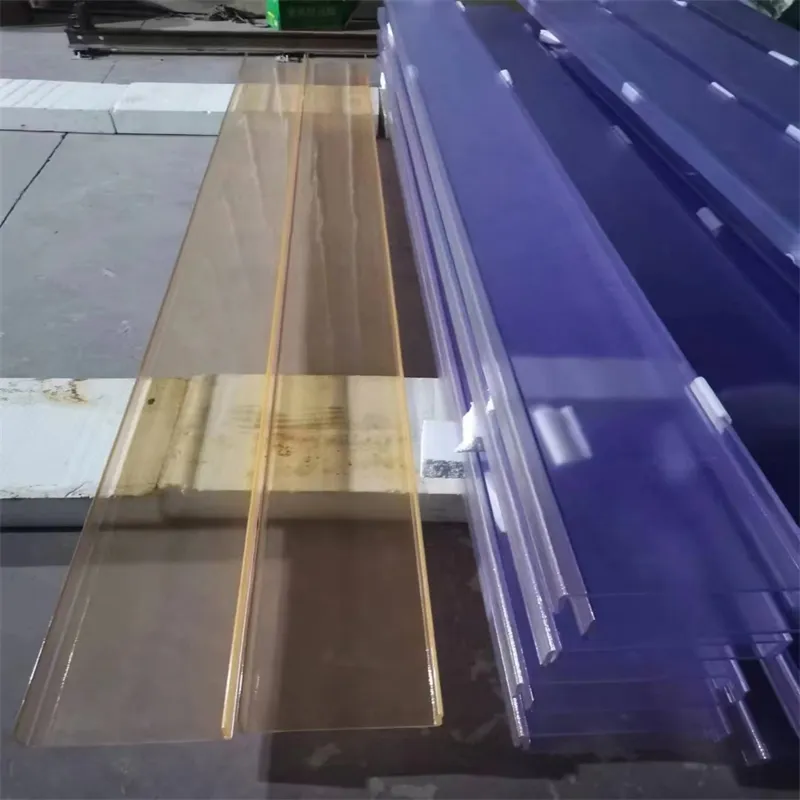9 月 . 23, 2024 19:45 Back to list
Innovative Coating Solutions for Enhanced Glass Reflectivity and Performance
Understanding Glass Reflective Coating Applications and Benefits
In the realm of modern architecture, technology, and design, the role of glass is pivotal. Glass not only allows natural light to permeate spaces but also contributes to their aesthetic appeal. However, the uncoated glass surfaces can lead to considerable energy loss and glare. This is where glass reflective coatings come into play, enhancing the functionality of glass while maintaining its visual qualities.
What is Glass Reflective Coating?
Glass reflective coating is a thin layer of material applied to the surface of glass to reduce glare, enhance privacy, and improve energy efficiency. These coatings can be made from various substances, including metals and other mirror-like materials that reflect a significant portion of solar energy while allowing some light to pass through. The result is a balanced effect that optimizes visibility while minimizing heat build-up and glare.
Types of Reflective Coatings
There are generally two primary types of reflective coatings
1. External Reflective Coatings These are applied on the outer surface of glass. Their primary function is to reflect solar radiation away from the building, thus keeping the interior cooler. They are particularly beneficial in hot climates, where air conditioning can consume a large chunk of energy. By reflecting sunlight, these coatings help in reducing cooling costs significantly.
2. Internal Reflective Coatings These coatings are placed on the inside of the glass. Their main purpose is to minimize glare while enhancing the amount of natural light entering the building. They are ideal for environments that require visibility but need to reduce the harshness of direct sunlight.
Key Benefits of Glass Reflective Coating
1. Energy Efficiency One of the most significant benefits of glass reflective coatings is their contribution to energy efficiency. By reflecting solar heat, these coatings help reduce the demand for air conditioning, leading to lower energy bills and decreased carbon footprint. Buildings with reflective glass coatings can save a substantial amount on energy costs, making them a sustainable choice in the long run.
2. Glare Reduction Excessive glare from sunlight can be uncomfortable and distracting, especially in office environments or educational institutions. Reflective coatings help in mitigating this issue, providing a more comfortable atmosphere conducive to productivity and learning.
glass reflective coating

3. Enhanced Privacy For commercial buildings and residential applications alike, privacy is often a concern. Reflective coatings can provide a one-way mirror effect, allowing occupants to see outside while preventing outsiders from viewing the interior. This makes them especially useful in urban environments where buildings are in close proximity to each other.
4. UV Protection Many reflective coatings offer protection against harmful UV rays, which can cause skin damage and fade furnishings, carpets, and artwork. By filtering out a significant portion of UV radiation, these coatings enhance the longevity of interior elements, protecting investments over time.
5. Aesthetic Appeal In addition to functional benefits, reflective coatings also elevate the aesthetic value of glass. They create a sleek and modern look, which can complement contemporary architectural designs. The dynamic play between light and reflections can enhance the visual appeal of a building, making it stand out.
Applications of Glass Reflective Coatings
Glass reflective coatings are widely employed in various sectors, including
- Commercial Buildings Skyscrapers and office complexes often utilize reflective glass to create an iconic silhouette while managing energy costs effectively. - Residential Homes Homeowners are increasingly opting for reflective coatings to enhance energy efficiency and privacy, particularly in urban settings.
- Automotive Industry Reflective films and coatings are used in windows to reduce heat and glare, enhancing comfort for passengers and extending the life of interior materials.
- Solar Energy Solutions Reflective coatings play a crucial role in solar panels, optimizing solar energy absorption while minimizing heat loss.
Conclusion
In summary, glass reflective coatings are a vital component in the design and functionality of contemporary buildings. They provide numerous benefits, from energy efficiency and glare reduction to aesthetic enhancement and privacy. As sustainability becomes an increasingly important focus for architects, builders, and homeowners alike, the use of reflective coatings on glass surfaces will continue to grow, shaping the future of architectural design and environmental conservation. By incorporating these advanced solutions, we can enjoy the beauty of glass while maximizing efficiency and comfort in our living and working spaces.
-
Wired Glass: A Strong and Secure Glass Solution for Various Applications
NewsNov.04,2024
-
Tinted Glass: A Stylish and Functional Choice for Modern Homes
NewsNov.04,2024
-
The Elegance and Versatility of Silver Mirrors
NewsNov.04,2024
-
The Advantages of Copper Free Mirrors
NewsNov.04,2024
-
Tempered Glass: A Reliable Choice for Modern Applications
NewsNov.04,2024
-
Pattern Glass: Stylish and Functional Glass for Modern Design
NewsNov.04,2024
Related PRODUCTS














